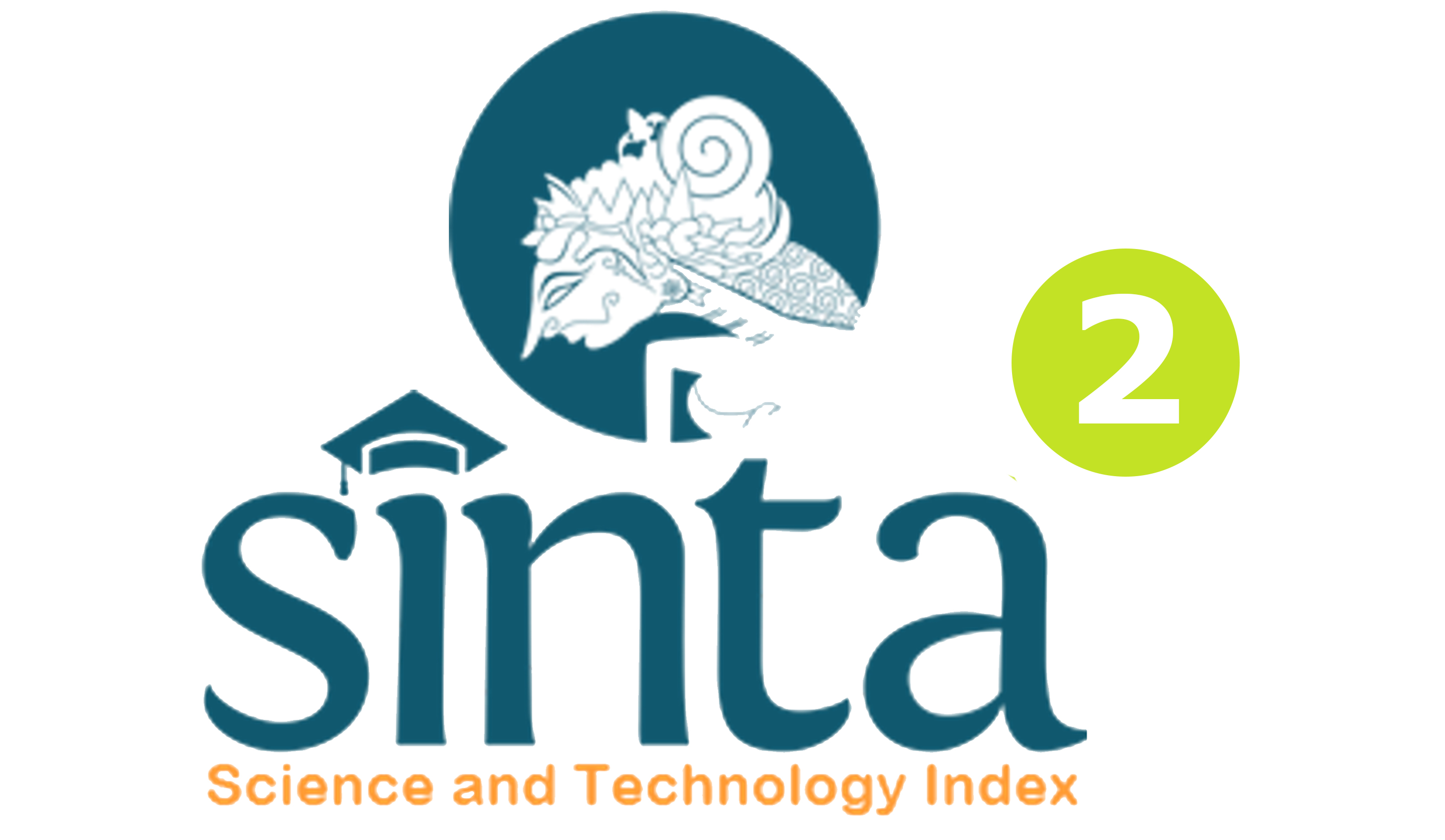Prevention of Prisoners Committing Violence in Prison
DOI:
https://doi.org/10.23887/bisma.v4i1.24157Keywords:
prevention, violence, convictsAbstract
The purpose of this study is to find out what preventative measures to prevent violence between convicts in existing correctional institutions. Penitentiary has a very strategic role in the framework of developing human resources, the implementation of guiding convicts including how conducive conditions are created in their implementation. The method used is normative and empirical juridical methods, namely research emphasizing secondary data by studying and reviewing riot prevention efforts, especially positive legal rules derived from library materials that exist in the legislation regulations, namely Law No. 12 of 1995 concerning Corrections and other related laws. This study uses descriptive analysis research, which is a study that describes and describes the situation or facts that exist about efforts to prevent violence between prisoners in prison and detention centers in Indonesia. The results of this study are known that in correctional institutions the reality is constrained by several things such as, inadequate prison facilities and detention centers, the number of employees or officers who are not in accordance with the number of convicts, the number of convicts that exceeds capacity, the lack of supervision also caused an easy commotion inside the correctional institutes and detention center.
References
Adiansyah, A., & Sukihananto, S. (2017). Kekerasan fisik dan psikologis pada narapidana lansia di lembaga pemasyarakatan jawa barat. Jurnal Keperawatan Indonesia. https://doi.org/10.7454/jki.v20i3.623
Anjari, W. (2014). Fenomena Kekerasan sebagai Bentuk Kejahatan (Violence). E-Journal WIDYA Yustisia, 1(1), 42–51. https://media.neliti.com/media/publications/246968-fenomena-kekerasan-sebagai-bentuk-kejaha-60c284aa.pdf
Bonger, W. A. (2015). An Introduction to Criminology. Routledge. https://doi.org/10.4324/9781315692531
Dagi, olivia felicya. (2017). Pemenuhan Hak Pelayanan Kesehatan Terhadap Narapidana Di Lembaga Pemasyarakatan Klas Iia Sungguminasa Kabupaten Gowa. 48.
Endri. (1983). Penanggulangan Kejahatan. Ilmu Hukum.
Fajriando, H. (2019). Evaluasi Pelaksanaan Community-Based Corrections di Lapas Terbuka Kelas III Rumbai. Jurnal Ilmiah Kebijakan Hukum. https://doi.org/10.30641/kebijakan.2019.v13.323-338
Hardiyanto, A., Sularto, R. ., & Purwoto. (2013). Upaya Pencegahan Terjadinya Tindak Pidana Kekerasan Terhadap Warga Binaan Di Lembaga Pemasyarakatan Kelas Ii Benteng Ambarawa. Diponegoro Law Riview, 1 No. 4, 10. http://ejournal-s1.undip.ac.id/index.php/dlr
Hariyanto, B. P. (2018). Pencegahan Dan Pemberantasan Peredaran Narkoba Di Indonesia. Pencegahan Dan Pemberantasan Peredaran Narkoba Di Indonesia.
Kusumawardhani. (2015). Memahami kekerasan penjara. Masyarakat & Budaya, 11(1), 105–124.
Lexy J. Moleong, D. M. A. (2019). Metodologi Penelitian Kualitatif (Edisi Revisi). PT. Remaja Rosda Karya. https://doi.org/10.1016/j.carbpol.2013.02.055
Mahendra, P. A. (2020). Over kapasitas, Rutan Negara minim Petugas. Balitribune.
Maiyuni, C. (2013). KUHP. Journal of Chemical Information and Modeling.
Nathan, A. J., & Scobell, A. (2012). Kekerasan. Foreign Affairs, 91(5), 1689–1699.
Negara, H. T., & Paranata, S. W. (2014). Pelaksanaan tugas keamanan dalam menciptakan keamanan dan ketertiban di rutan klas ii b jepara skripsi.
Novarizal, R., & Herman, H. (2019). Pengamanan Lembaga Pemasyarakatan Terhadap Kemungkinan Terjadinya Pelarian (Studi Kasus Lapas Kelas II A Pekanbaru). SISI LAIN REALITA. https://doi.org/10.25299/sisilainrealita.2019.vol4(1).4051
Pemasyarakatan, P. I. (2020). Kementerian hukum dan hak asasi manusia republik indonesia badan pengembangan sumber daya manusia hukum dan hak asasi manusia politeknik ilmu pemasyarakatan. 021.
Rumadan, I. (2013). Problem Lembaga Pemasyarakatan Di Indonesia Dan Reorientasi Tujuan Pemidanaan. Jurnal Hukum Dan Peradilan. https://doi.org/10.25216/jhp.2.2.2013.263-276
Soekanto, S. (1976). Penelitian Hukum Dan Pendidikan Hukum. Jurnal Hukum & Pembangunan, 6(6), 429. https://doi.org/10.21143/jhp.vol6.no6.716
Sosiawan, U. M. (2017). Upaya Penanggulangan Kerusuhan di Lembaga Pemasyarakatan. Jurnal Penelitian Hukum De Jure, 17(3), 365. https://doi.org/10.30641/dejure.2017.v17.365-379
Sugiyono. (2016). Memahami Penelitian Kualitatif. Bandung: Alfabeta.
Susantyo, B. (2011). Memahami Perilaku Agresif : Sebuah Tinjauan Konseptual. Informasi, 16(03), 189–202.
Undang Undang Republik Indonesia (1995). undang undang no 12 tahun 1995 tentang: Usaha Kecil. Sekretariat Negara. Jakarta.









